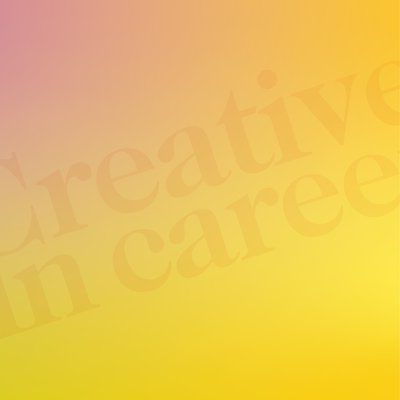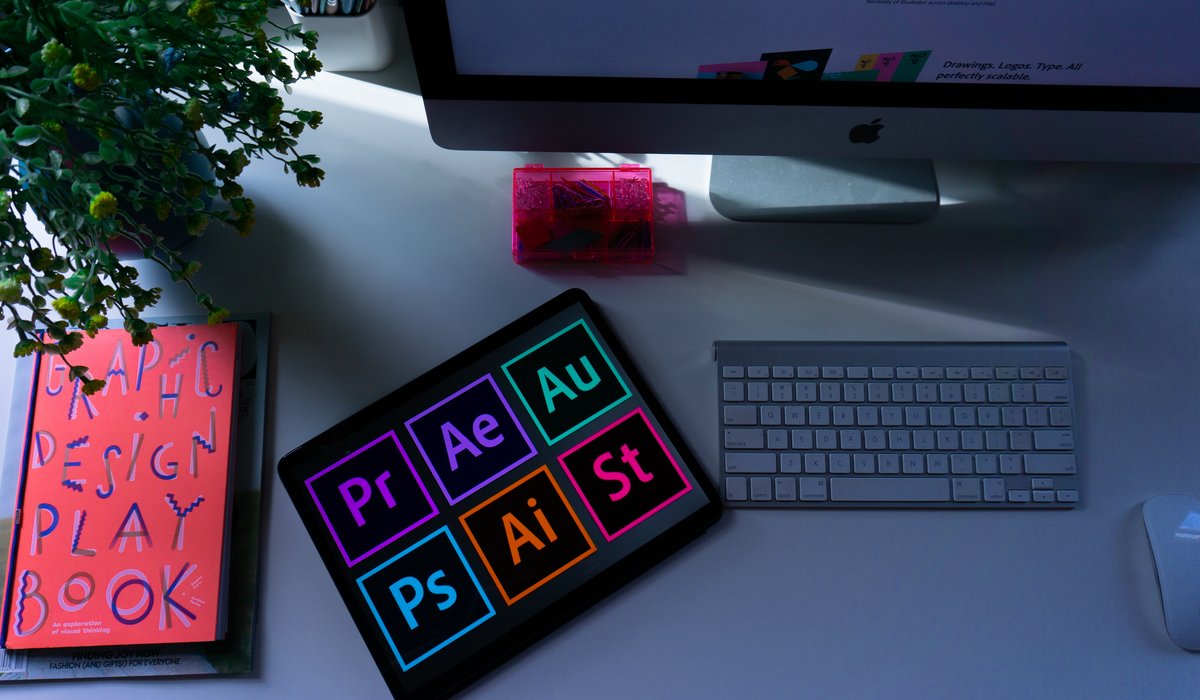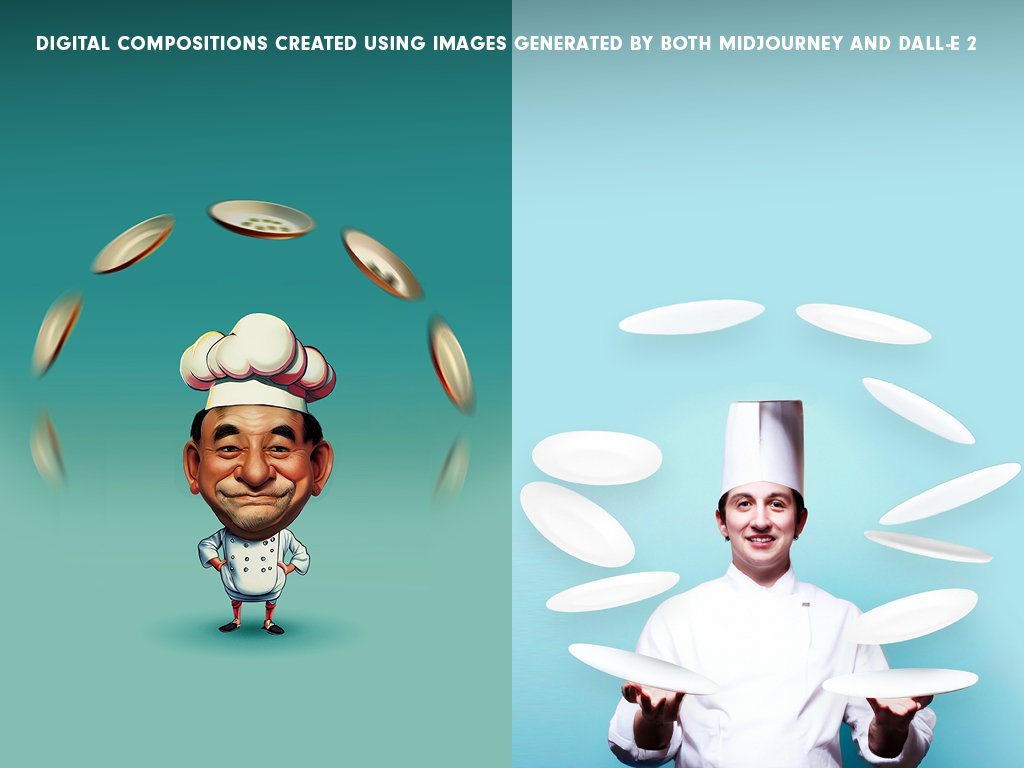Creatives in Careers - Design: A Summary

The second webinar in our five-part series took place on 29th September. Focused on the world of de…

Moving from ‘traditional’ to digital design was a transformative change for the industry, and it looks like AI is bringing about a new wave of change for designers to contend with. Pawel Adamek and Steve Halton, two of our experts here at RKH, have decades of design experience between them; here are their thoughts on their journey in the industry, the changes they’ve seen and what they think the future holds.

Even though their first forays into professional design were 15 years apart, the industry has changed tremendously since Steve and Pawel first began their careers.
Pawel: Entering the design industry as a fresh-faced graphic design graduate in 2012, it was already evident that the digital age was in full swing. If you didn’t know or understand how to produce design work for screen media, you weren’t going to get anywhere.
Steve: The beginning of my journey in the creative industries seems like a distant memory now. 26 years ago, I was working for a reprographics agency creating packaging for the likes of Pepsi, Cadbury’s and a then-little-known start up brand called Haribo. This era of my career is what used to be called “cutting your teeth” in the industry; learning your trade as you went along because let’s face it, university didn’t really train you for the outside world (or it didn’t then, but that’s an entirely different blog in itself). It was in this very first role that I was subject to the fact that you embraced change or got left behind. I had to adjust to a rapid learning curve in the craft of “artworking” high-end packaging with brand new software that I’d never used before, whilst also having in the back of my mind the tens of thousands of pounds of print costs if anything was set up incorrectly.
From the first smartphone to Figma, Steve and Pawel have had to get to grips with a steady stream of industry defining innovations.
Steve: Not trying to sound too much like a dinosaur but in the early days of web design it was about creating pixel-perfect Photoshop layouts across a 960-grid system of 12 columns so back-end developers could strip out the assets to build a web page. This was a long and tiresome process and not the most creative. Mobile phones gained the ability to access the internet in the late 1990s but could only display basic textual data. It wasn't until the mid-2000s when smartphones became a must have that mobile browsers began to display what we now consider to be “real” webpages, meaning you had to now create a second set of designs for this new format. Then, in 2010, responsive web design was introduced, which totally changed the way we had to think about design.
Pawel: Back in 2010, the design industry was marvelling at the wonders of a new feature in Photoshop called ‘content aware fill’, where the tool reads the surrounding area of a selected space in an image and attempts to fill it in based on the surrounding pixels. This tool was a revelation, but not much use for complex imagery. Just 13 years later, the process has developed into pure artificial, complex intelligent image generation, allowing for large areas to be filled with immediate and independently imagined complex imagery created solely by artificial intelligence. - Pawel
Steve: Software such as Figma, Adobe XD, Sketch, InVision and Balsamiq revolutionised the digital landscape for creatives who were now able to design, prototype, collaborate, test, and tweak before passing it on to the developers to build. All of this was done at lightning speeds compared to the old ways of working. This was probably the most significant advancement since the Apple Mac was first introduced in 1984. If you were a creative who didn’t get on board and embrace change at this point in time, then you would most certainly have been left behind within the digital design world.
Changes, changes, changes. No digital industry stands still, and adaptation is crucial.
Pawel: Computers are starting to create for us, but we still need to be able to imagine in order to instruct the machine through text. AI is constantly improving, but the power of the human imagination is still at the front of all of this development. In embracing this technology, graphic designers may need to brush up on their written articulation skills in order to achieve the desired results from any AI.
Steve: Embracing change is something creatives from all disciplines have been battling with their entire careers, from the introduction of the first Mac to the rise of AI. To me, the very definition of a good creative is someone who’s open to new ideas, someone who has a constant restlessness, who doesn’t settle for “that will do.” It’s having the willingness to advance in a world that is forever changing, to become a creative sponge taking in everything and anything around you. Feeling comfortable being uncomfortable and realising that your work is “always in beta”.
To me the very definition of a good creative is someone who’s open to new ideas, someone who has a constant restlessness, who doesn’t settle for “that will do.” Feeling comfortable being uncomfortable and realising that your work is “always in beta”.
AI has made a big impact already, despite being in its fledgling stages. What does that mean for the design industry?
Steve: Today, nobody in the creative industries - or any industry, in fact - can hide away from the rise of AI. Be it image creation or copywriting, there's a shift underway which cannot be stopped. A pivotal point in the history of design is about to begin with no-one knowing how it will play out.
So why are human beings naturally wired to fear change? The challenge with change comes from our tendency to see it as a problem rather than an opportunity for learning and growth. We see it as more work and in most cases this is correct. Change takes time and inevitably people need to design and test new approaches while also continuing business as usual. - Steve
Pawel: Over the 11 years since I graduated, it has become ever more apparent that advertising will follow all new digital media, whatever that might be, with graphic design holding advertising’s hand the whole way.
We've been experimenting with AI to see what it's capable of. A few months ago our Lead Creative, Dom, asked Midjourney to create an advertising campaign for his fictional app, Yes Chef. Check out some of the AI artwork below and read the full piece here.

AI is constantly improving, but the power of the human imagination is still at the front of all of this development.
Pawel: Whether we like it or not, AI is here to stay. Ultimately, the potential for design productivity is astounding and designers must understand how to use it, in order to embrace it. It’s just another tool for us to be creative with, and for the short to mid-term at least, designers will be needed to pilot AI in some form for it to effectively operate in the design world.
Steve: When we embrace change, we are adaptable to new circumstances, situations, and people, and we can lean into the opportunities that they can offer. It’s in our DNA to evolve, to change. Change is what makes you alive. We’re either moving up or moving down. By accepting, embracing, and seeking change, we make the conscious choice to keep moving forward and continue growing and improving. So, the next time you are faced with change, dive in and grab it with both hands; you never know where it may take you.
We've created brilliant branding and design projects for major brands and independent businesses alike.
Our design and creative services